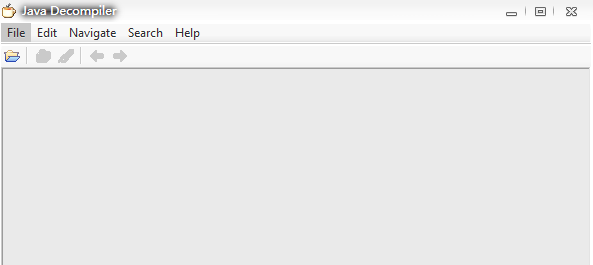First, let us understand what decompilation is!
Computer software reverse engineering (Reverse engineering), also known as computer software restoration engineering, refers to conducting "reverse analysis and research" on other people's software target programs (such as executable programs) to deduce other people's software products The ideas, principles, structures, algorithms, processing procedures, operating methods and other design elements used may be derived from the source code under certain circumstances. Decompile it as a reference when developing your own software, or use it directly in your own software products.
In fact, the most important thing is just one sentence! "The source code may be deduced under certain circumstances", because what we want to see is the source code! Without further ado, please watch the operation below!

Step one:. The red mark above is the jar package path where you open the class, copy the jar package, and then open the jd (if anyone wants the jd file, please send me a private message).

Step 2: Open jd, File->open File, import the jar package just now, click OK

Step 3: Click File->Save All Sources to specify the directory
Step 4: Click attach Source, select External Location, select the file you saved with jd and open it






